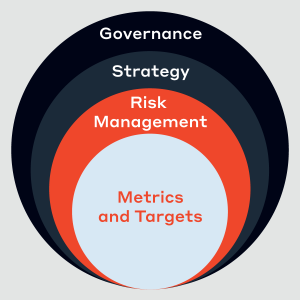

With the release of the 2018 CDP Water Security questionnaire, CDP continues to raise the bar on water stewardship disclosure and performance. This year, CDP has made a number of modifications to the questionnaire including an updated title in response to changing trends in sustainability reporting and increasing investor interest in value chain risks and opportunities. The latter has been driven by the Task Force on Climate-related Financial Disclosures (TCFD) recommendations released in June 2017 which are designed to “help firms understand what financial markets want from disclosure in order to measure and respond to climate change risks and encourage firms to align their disclosures with investors’ needs.”[1] From Cape Town, South Africa to Sao Paulo, Brazil, we are witnessing unprecedented, sustained drought in densely populated areas of the world. Companies can no longer rely on consistent availability of potable water in many areas of the world. To ensure business


